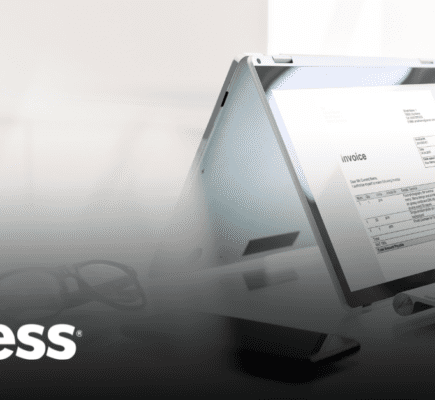Digitization can help with accessibility, portability, and security. This short video highlights how we’ve helped clients explore and launch their digital transformation and conversion process in the midst of the pandemic.
Video Summary
In this video, we delve into the crucial topic of digitization and its growing importance in today’s remote work landscape. The discussion highlights real-world challenges faced by organizations during the pandemic, with a focus on a law firm’s experience. Discover how a tailored approach to digitization not only solved immediate problems but also paved the way for incremental scanning, adding significant value to their information program. Join us for insights on optimizing digitization strategies for your organization’s success.
Video Transcript
Another interesting, um, topic that we continue to discuss with our clients on a consistent basis is the concept of digitization, right? The pandemic and remote workforces have forced organizations to take a look at how they are utilizing this key component of their lifecycle information program, right? Digitization in some way, shape, or form, um, needs to be present at some level in each program.
And I think over the last five to six months, organizations have, have, um, have looked at this and asked us to provide consultation and feedback around what is the best way to do this and how, how would you recommend we do this? An example I would give is, you know, we have a law firm that came to us and said, you know, for years we had been taking our inactive case files and moving them to offsite storage, hard copy storage, moving to offsite record centers. And we’ve kept all active records and active cases, uh, onsite in our office. Um, so lawyers can access them consistently when they need them and we manage it within the ecosystem of our office. But in March and April and May, that didn’t work, right? Because you have a disparate workforce, you have individuals working, uh, from home or other locations and those records sat in that office and they sat there and they were hard copy format that couldn’t be accessed unless someone was onsite. And there was a period of time where, where that firm couldn’t, didn’t have access to all of the records that they needed.
So they came to us and said, what is, what is the best way for me to convert these files? How do I digitize these files so I, so they’re accessible to my team? And also we have portability, right? Where multiple team members who may be working on a case can access, um, those records. And whenever we talk about conversion with clients, um, we try to look at it first in a, in a laser-like approach instead of saying, Hey, let’s convert a hundred thousand cubes, let’s convert 50,000 boxes. That’s not the most effective, uh, utilization or efficient way to utilize the service. We try to be laser-like. And this was a perfect example where this law firm had a defined deposit, right? That they needed these records converted.
So what we said to them is, let us do two things. Number one is, let us start to convert these records that you have stored onsite and move them into a digital format so now everyone can access them. So we solved that problem for the client. So we undertook a conversion project and, and, um, we’re able to provide them greater access and, and, uh, portability and overall quality of the program increased dramatically. And we solved that problem. The second thing we said to them though is, Hey, let’s look at this broader, right? The vast majority of your inventory is sitting with us in hard copy format in a record center. And for those records that you want to recall, let’s not recall the file. Let’s use scan on demand and send that to you digitally. So over time, we’re going to start to convert, passively convert your files that are active.
So, so if file one, two, three would have been recalled and we would have driven it to you on a standard transportation drive, let’s use scan on demand because we’ll accomplish two things. Number one, it’s going to get to the person that needs it. And secondly, you’re going to begin the conversion process passively of active records. So, so one of the, the outcomes of this, of this process is that we are consistently working with clients and taking a very targeted approach to their inventory and saying, what inventory do you need to convert? Where are you going to get the most return on that investment? And let’s talk about incremental scanning over time, which is going to add tremendous value to your program.






